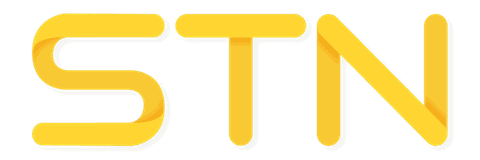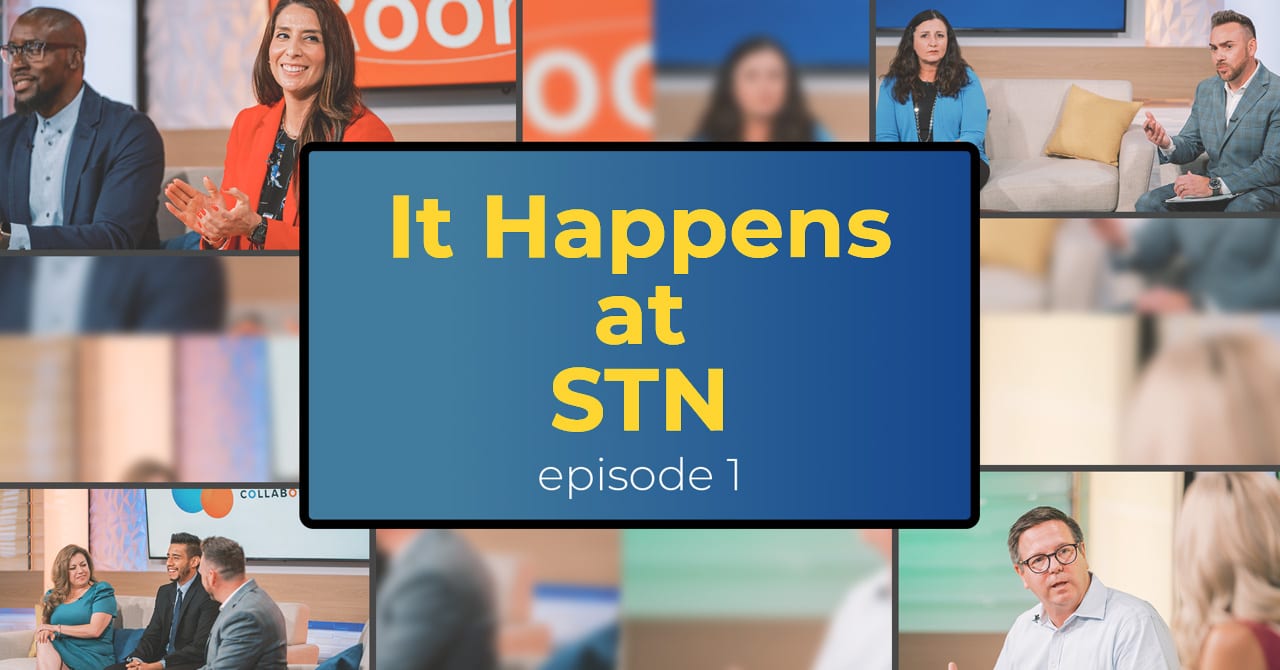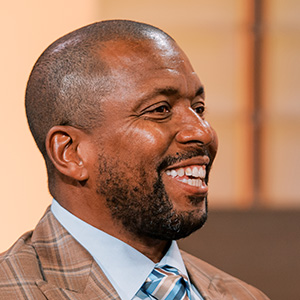PHOENIX, Ariz. (STN) — Many organizations want to be involved, and get their employees involved, in efforts to address systemic issues facing their communities, but how do they go about doing it?
During the September episode of It Happens at STN, leadership from the recently rebranded Arizona Financial Credit Union (formerly known as Arizona Federal Credit Union) joined an action panel to discuss how to grow employees into leadership positions with Employee Resource Groups (ERGs) and how being involved in community action will help build your brand.
Action Panelists
Chad Forkenbrock
SVP & Chief Risk Officer – AFCU
Manny Garcia
Sr. Employee Experience Specialist – AFCU
Monica Villalobos
CEO / Arizona Hispanic Chamber
Robin S. Reed
CEO / Black Chamber of Arizona
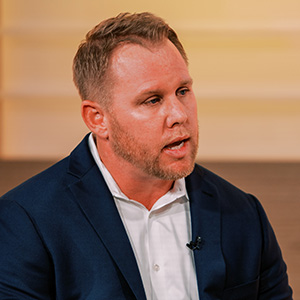
On beginning the journey
I think it really starts from day one with us. Our president and CEO, Ron Westad, gets in front of every single new employee class, along with the entire executive team. From the beginning, we emphasize we want our staff to have a seat at the table. We want them to feel confident and comfortable coming to all facets of leadership.
For a lot of people, that’s terrifying to kind of walk through that door. How do you walk through the CEO’s door? How do you walk through a leader’s door?
Employees finding their voice
I think we’ve deployed our Employee Resource Groups to be a great opportunity for people to connect with people with similar passions, experiences and desires. In that framework, we have a leadership structure that really helps those employees find their voice and find confidence.
Each of those groups are supported by an executive sponsor. So we try to utilize their feedback to really design the employee experience and the member experience. It’s been a great thing for our organization, and we’ve seen a lot of people take that opportunity and really run with it. We’ve given them an actual seat at the table. We’ve had them present their stories in our board sessions. We’ve realized how powerful and how important it is for us to be connected to their issues. It has been so inspiring for us.
Community involvement builds engagement
Our employees and workforce is a representation of our communities as a whole. So, for us, we think it’s really important to take that feedback and design products and services and delivery mechanisms that can reach all of the state of Arizona.
All of those things give us opportunities to serve different types of people with different needs, different businesses, all across the state. By including all of those people in the process of making sure products and services make sense for the communities that we serve, I think that does give us a competitive advantage.

Feedback fuels growth
The first thing that everybody really needs to do is use your resources.
Every company has some sort of feedback loop for the employees to be able to really say what they really want. Because one of the things that we really have to face is that we’re never going to be a hundred percent ready to start the ERGs. We’re never going to be one hundred percent knowledgeable of everything that needs to be done. It’s one of those things that you do along the way.
So I would say use those feedback loops. They really help you create those ERGs that you want. You want those things to happen. So really use those resources to approach other people.
It really helps your ERG because you stop being a social group and then you become something a little more formalized.
A seat at the table
We’ve actually had Monica [Villalobos] come in and talk to us to our Hispanic group about Hispanic leadership and the Hispanic market. And that really empowered our group. It really helped it grow a couple of years ago. Because employees in the ERGs stopped seeing upper management as upper management, you start seeing them as coworkers.
So that really creates that bridge and just lets everybody really share what they need to do and say what they need to say.
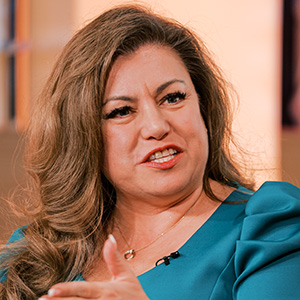
Walk the talk
I’ve done a few of those, and I think what left an impression on me was the amount of senior leadership in attendance. To see the senior leadership there, that’s the audience. Because you feel like you’re valuing and you’re teaching them something and that reciprocity is priceless.
You need to fund your ERGs. Put your money where your mouth is. ERGs can be such a valuable resource within an organization. They can be your top recruiters. They can be your top finders of diverse suppliers. They can be so valuable to you in your interaction with your customers. Give them a budget, let them do the work that they want to do.
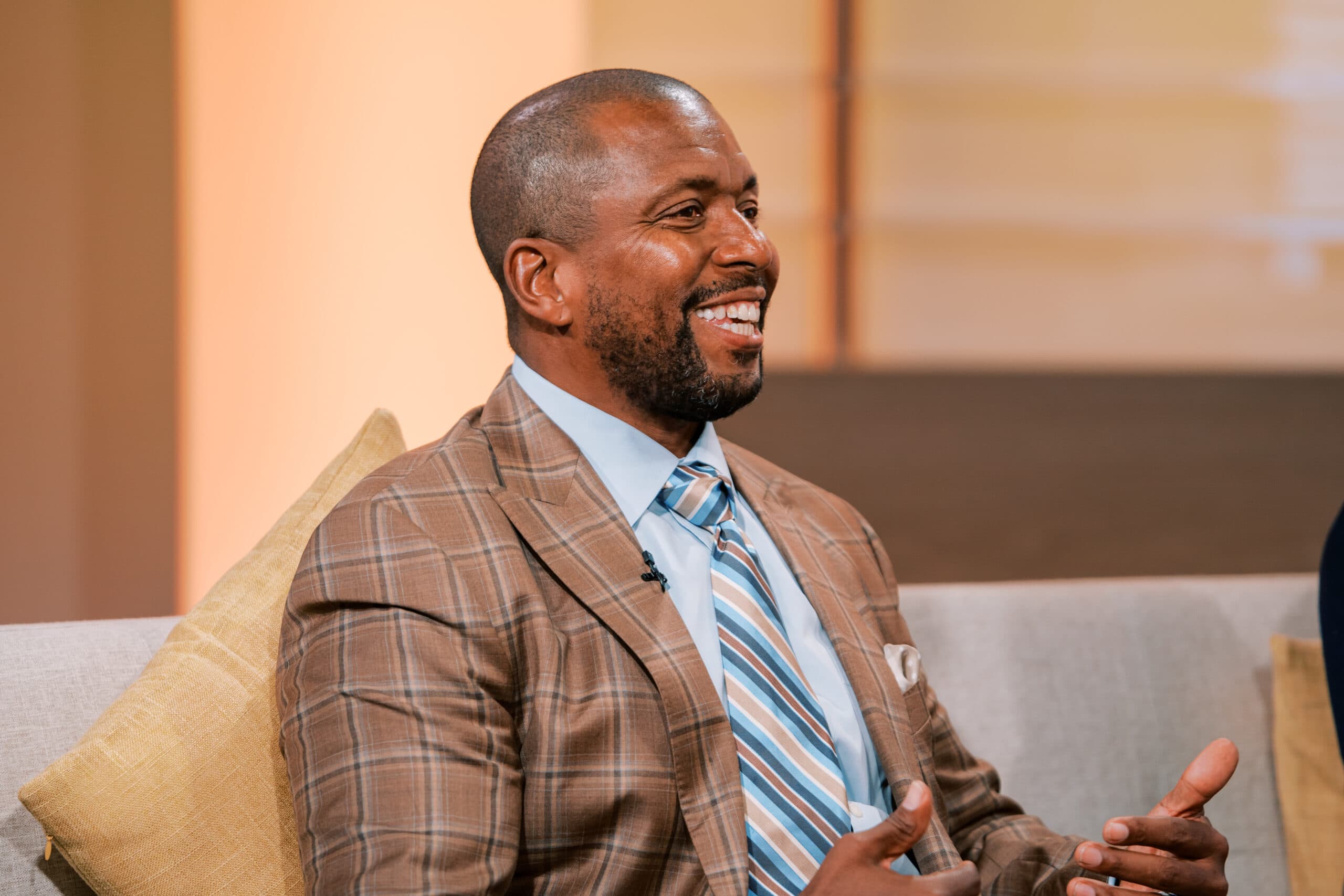
Involvement from everyone
It’s a dual responsibility. Not only is leadership responsible. The workforce is responsible. One of the first things that you can do is inspire your workforce to articulate their desire to advance within an organization.
Second to that is finding a mentor, a sponsor, an ally that’s going to help you get there. That’ll help you navigate some of the paths to leadership.
The things that we see happening at Arizona Financial Credit Union are going very well. We know they’re doing it right. I think many companies can learn from that example.
